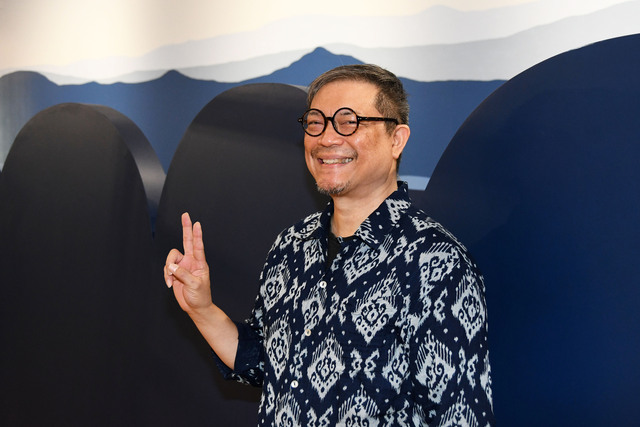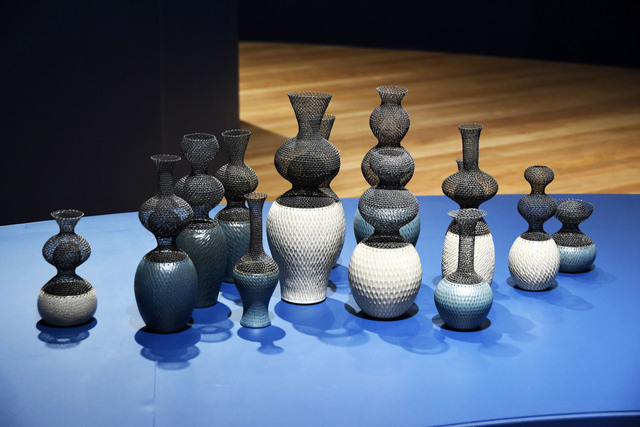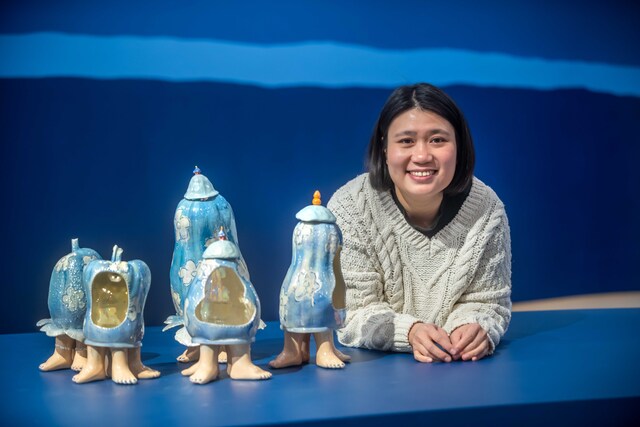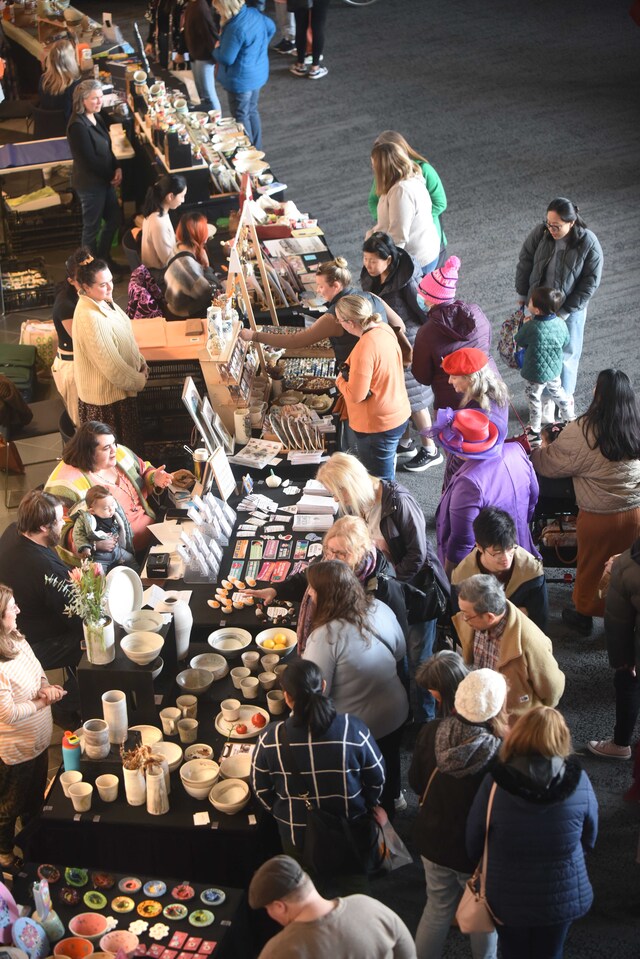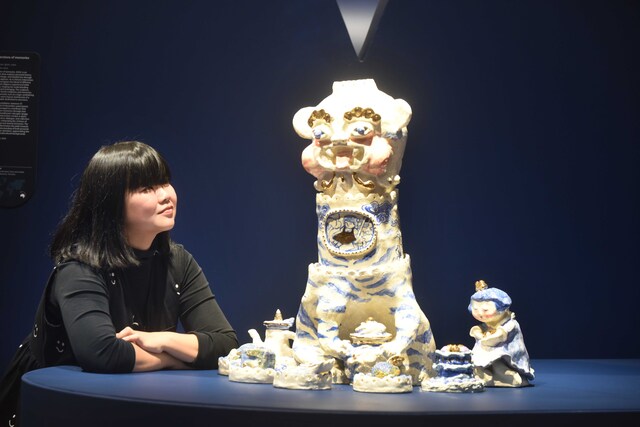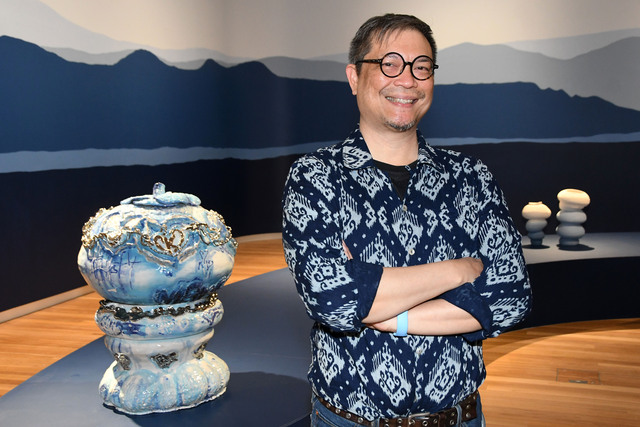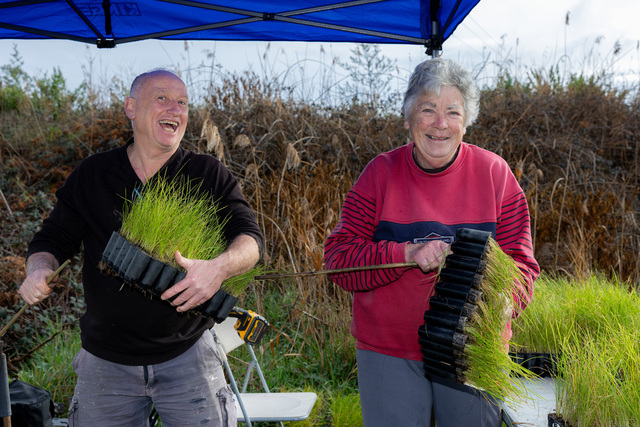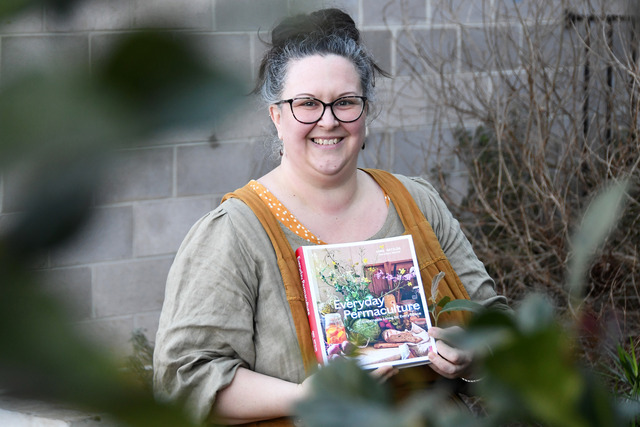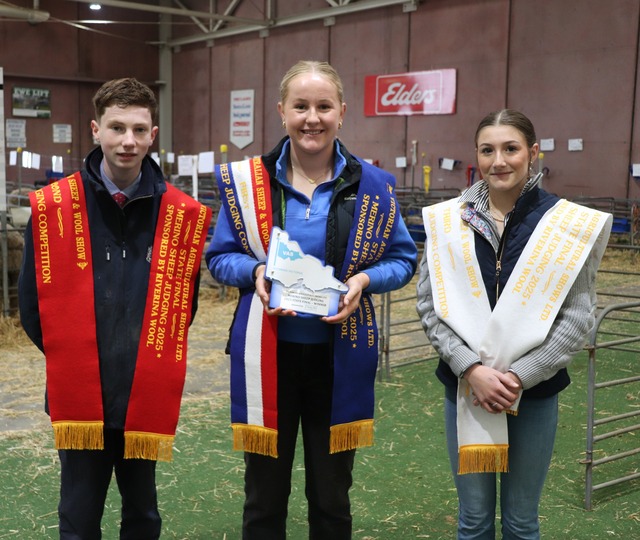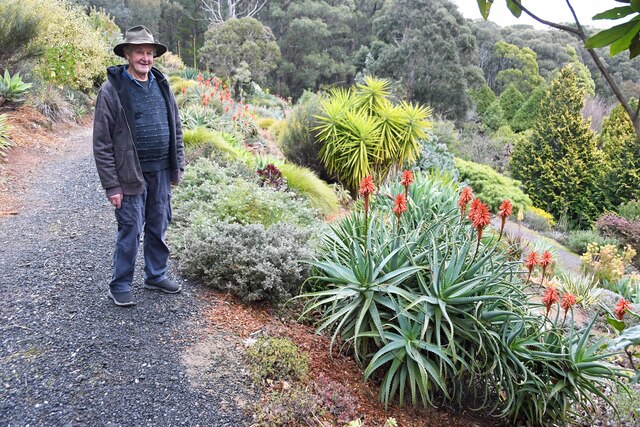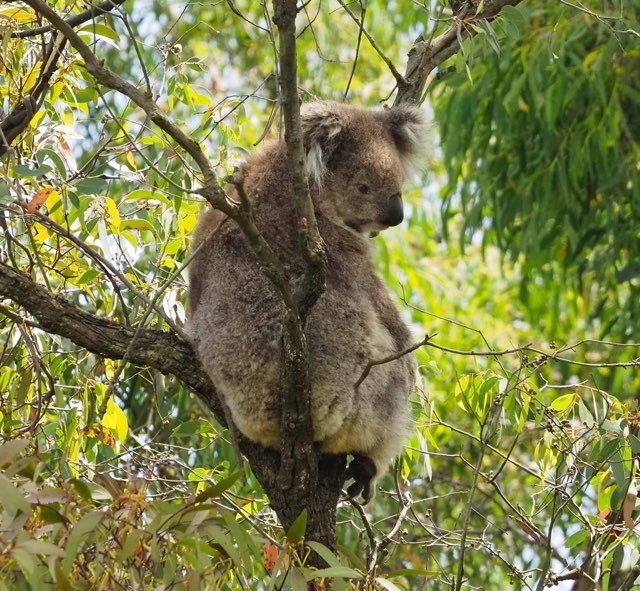The City of Casey’s Artist Market was held on Saturday 3 August where they featured and celebrated Generation Clay: Reimagining Asian Heritage.
Beginning at 10am, the day featured the new works of 14 contemporary ceramic artists with Asian backgrounds, as well as other pieces from makers and artists across the state.
For curator Vipoo Srivilasa, his latest exhibition of Generation Clay is a windfall; when he first launched the project he simply envisioned it as an opportunity for young Asian-Australian artists to showcase their unique crafts.
He didn’t foresee what was coming next: the plentiful surfacing of intimate stories attached to personal histories and memories, cultural heritage and family ties to mythological and popular culture narratives.
“There is a lot more mix nowadays, not just one cultural heritage,” he said.
“Some of the artists were actually born here, but they have parents from overseas; their cultural heritage is quite different from the ones who moved here from overseas.”
He spoke on Asahi So, a Sydney ceramics and wire maker who is of Chinese and Japanese heritage; Monica Rani Rudhar, who was born to Indian and Romanian migrant parents; and ceramic artist Theodosius Ng who was born in Singapore but identifies himself as more Chinese.
Artists, for their pieces, took up the challenge of creating under the theme of blue and white, colours symbolising trans culture and blended their cultural stories into the clay.
“Blue and white is a metaphor for all these artists who come from different places and then choose to live in Australia, and this is the mixed culture,” Vipoo said.
“Lots of artists never worked with blue and white before, so there’s a lot of trial and error.
“What I like about this exhibition is to encourage artists to think outside their comfort zone and to do something different.”
According to Casey Council, the exhibition will engage with a wide array of concepts, from personal accounts, cultural heritage and family ties, to mythological and pop culture narratives.
Artist EJ Son’s Egg is an example of expanding the creative boundary while keeping the bone of the cultural story, portrayed through a big, pure white egg with a crack at the top.
“They want to make a statement with the Egg, it’s Korean traditional pottery [and] the way they make it, they draw half of the circle, both sides and then they join it together individually,” Vipoo said.
“It’s more like a man- kind of pottery, to be able to do this in Korea, you have to be a man. But they’re born female, so they want to do this for their father.
“So instead of making a moon jar as traditional, they make an egg, which is using the same technique.
“But in a contemporary twist, the egg has a crack at the top, it means being reborn in Australia with a new identity.”
Looking back, Vipoo said he did not see himself as a curator.
“I don’t see myself as a curator because a proper curator would do a whole lot more jobs,” he said.
“I see myself as an organiser and provider for young artists for the opportunity for them to have a platform to show their work.
“When I first moved to Australia, I had lots of opportunities provided by older generations.
“So now I am in a position that I could provide a similar thing to younger generations.”
Generation Clay: Reimagining Asian Heritage will be on at Bunjil Place until Sunday 24 November.

